American Claims Management Asserts NYS e-Billing 'Loophole'

As New York State makes the (praiseworthy) transition to electronic billing for workers’ comp, some confusion regarding the technical requirements is inevitable.
Case in point: Third-Party Administrator (TPA) American Claims Management (ACM) recently proposed sending electronic Explanations of Review (e-EORs) to e-billing providers as Portable Document Format (PDF) files, describing PDFs as a potential “loophole” to avoid the requirement for payers to send e-EORs in response to providers’ e-bills.
To be absolutely clear: a PDF is not an acceptable format for an electronic EOR. In fact, a PDF is not an “electronic” EOR in any meaningful sense, and is no more useful to a provider than a paper EOR.
PDFs: Not Acceptable as Electronic EORs
In a somewhat disturbing email to daisyBill, a representative of ACM’s parent company, Brown & Brown, Inc., complained of the “heavy development work required” for ACM to comply with New York State e-EOR requirements. As an alternative to this work, the representative proposed:
…if it is an issue, there is a loophole; you could continue to mail EOBs [Explanations of Benefits, an alternative term for EORs] while also providing [Carisk, an e-billing clearinghouse] with PDFs of the EOBs… [emphasis added]
Say what now? As the WCB executes the “heavy development work” of transitioning the entire State of New York to less wasteful, less frictious, more efficient e-billing, Brown & Brown/ACM wants to send (essentially) pictures of EORs to e-billing providers. Even the representative acknowledges flatly that this proposed way of adhering to NYS e-EOR requirements is a “loophole.”
We cannot know whether Carisk actually endorsed the Brown & Brown/ACM proposal. Regardless, all NY payers, including those which utilize Carisk, are strongly advised to disregard any suggestion that a PDF is acceptable as an “electronic” EOR. On behalf of our provider clients, daisyBill will take appropriate steps to report to the WCB any and all claims administrators that attempt to employ this “loophole.”
A PDF is nothing more than an image of a document, like a photograph or screenshot. In practical terms, a PDF has no value in terms of adding data to a practice’s e-billing system. For a provider, analyzing a PDF of an EOR is no different from analyzing a paper EOR — a painstaking, time-consuming manual process.
NYS e-EOR Requirements
An e-EOR is of little value to the provider unless it’s in a format that works with the provider’s e-billing software, as supplied by the provider’s Extensible Markup Language (XML) submissions partner.
Proper e-EORs are not just records of the payer’s adjudication of the bill; e-EORs in the standardized format automatically post payment, close the e-billing and payment cycle, and provide important reimbursement data necessary for providers to manage revenue with far less time, effort, and administrative resources.
Fortunately, a proven format for e-EORs exists, already in use in states like California: the X12 835 file. As the Workers’ Compensation Board (WCB) website states:
Workers' compensation payers will electronically transmit EOBs/EORs to their XML submission partners upon adjudication of the associated electronic CMS-1500 medical bills. The electronic EOBs/EORs may be in the X12 835 EDI standard or any other mutually agreed-upon data file format. Such EOB/EOR data will be forwarded from the XML submission partner back to the provider. [emphasis added]
While there may be viable alternatives to the X12 835, payers would do better to take the WCB’s recommendation — and must not be allowed to interpret the phrase “other mutually agreed-upon data file format” too broadly.
If New York State is to succeed in making workers’ comp work better for stakeholders, payers must not be allowed to seek “loopholes” that defeat the purpose of e-billing.
Need a hand making the transition to workers’ comp e-billing? daisyBill makes it easy. Reach out to see how we can help your practice.
GET IN TOUCH
DaisyBill provides content as an insightful service to its readers and clients. It does not offer legal advice and cannot guarantee the accuracy or suitability of its content for a particular purpose.
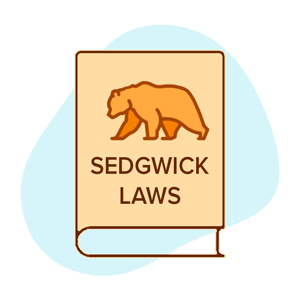
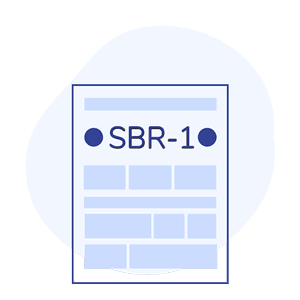

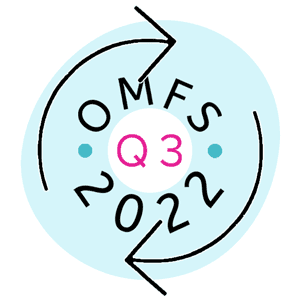

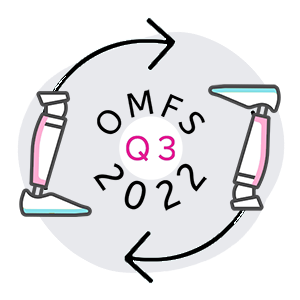
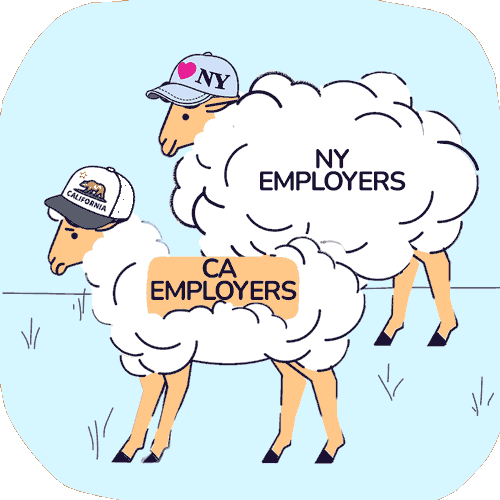

.png)